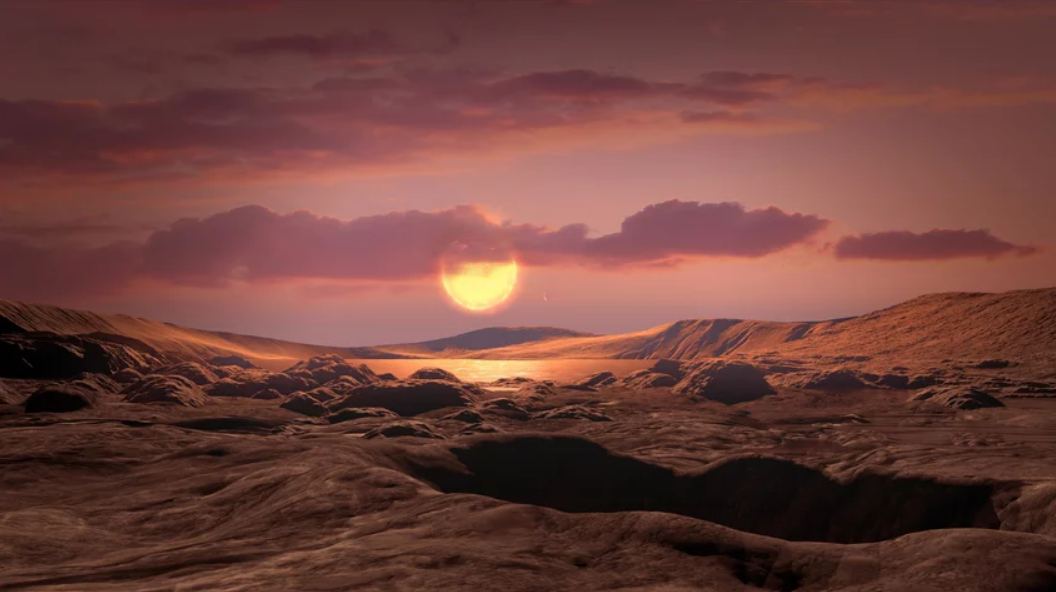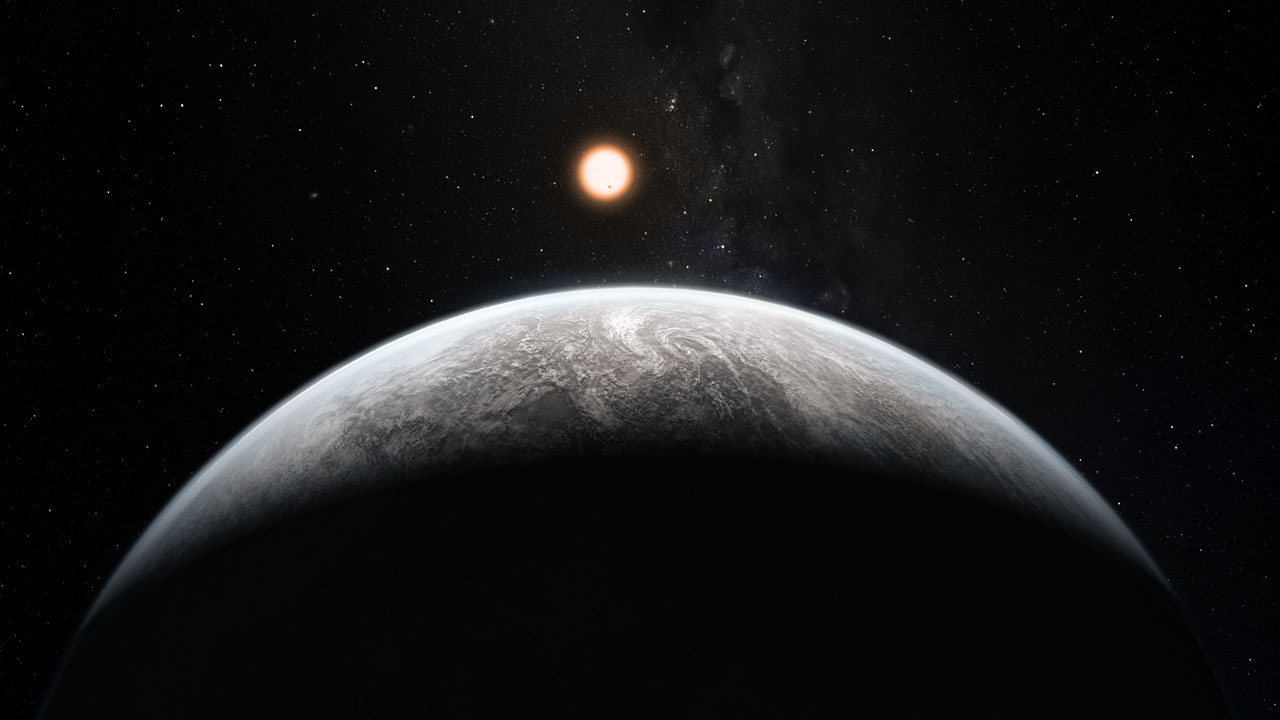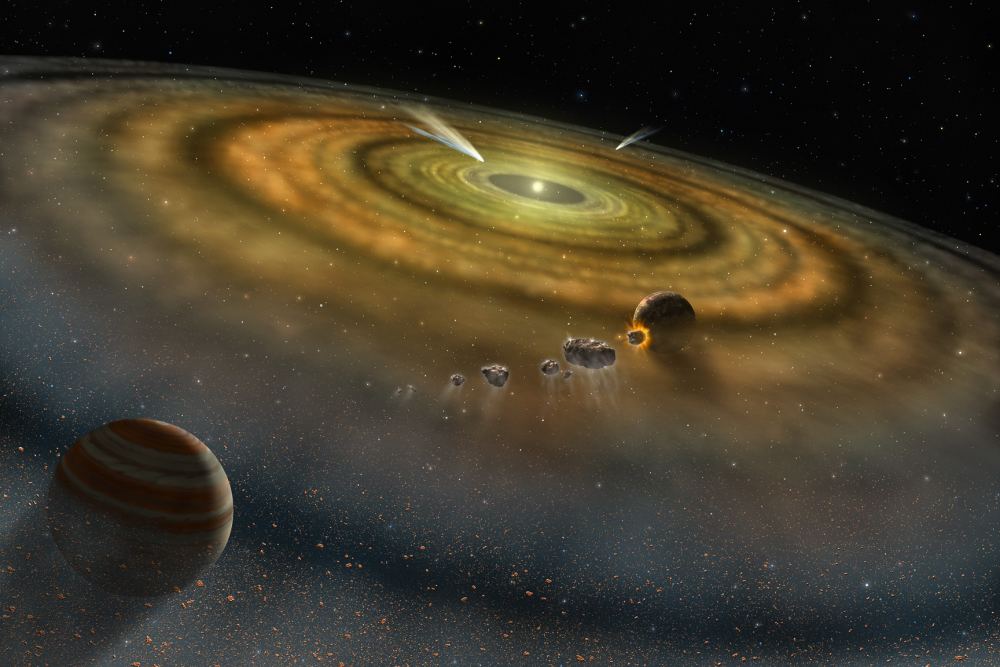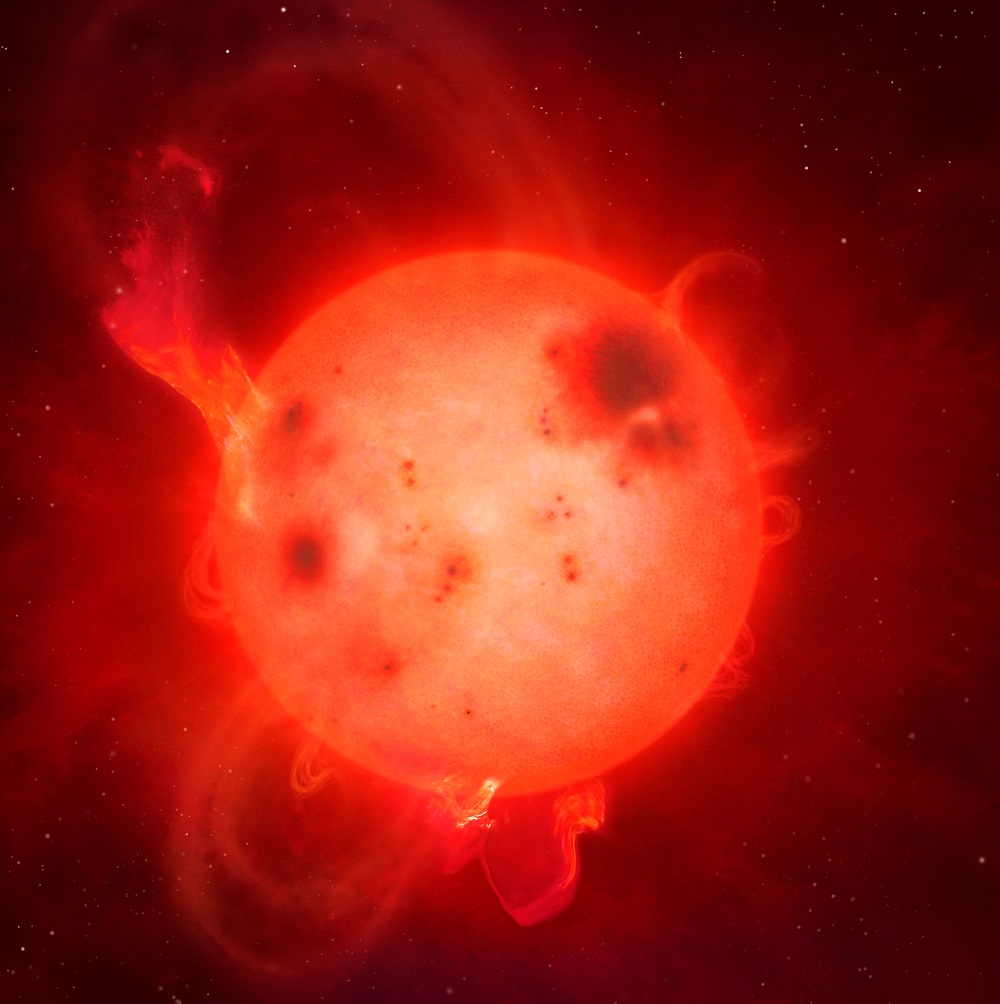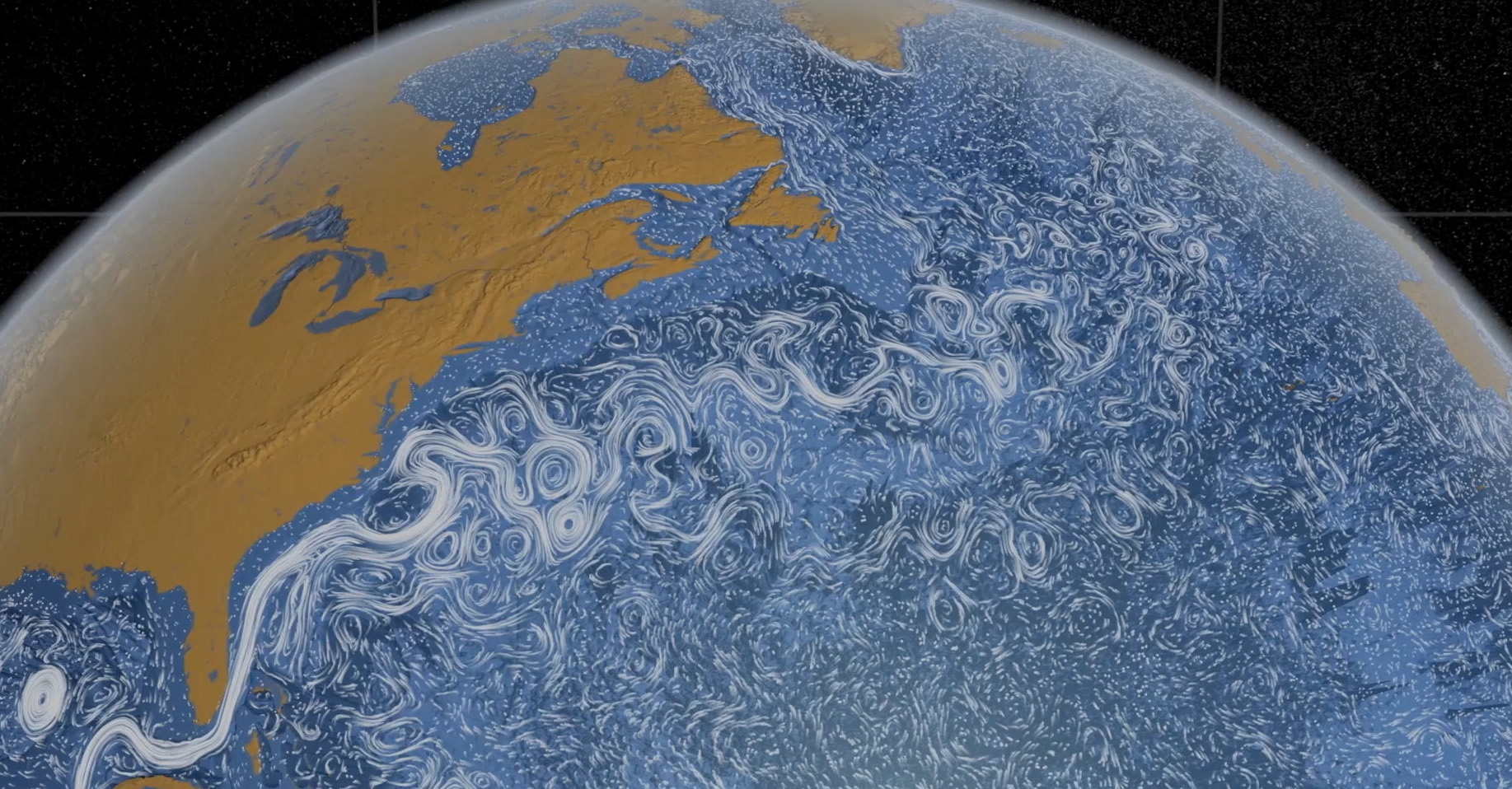Extrasolar planets are being discovered at a rapid rate, with 4,531 planets in 3,363 systems (with another 7,798 candidates awaiting confirmation). Of these, 166 have been identified as rocky planets (aka. “Earth-like”), while another 1,389 have been rocky planets that are several times the size of Earth (“Super-Earths). As more and more discoveries are made, the focus is shifting from the discovery process towards characterization.
In order to place tighter constraints on whether any of these exoplanets are habitable, astronomers and astrobiologists are looking for ways to detect biomarkers and other signs of biological processes. According to a new study, astronomers and astrobiologists should look for indications of a carbon-silicate cycle. On Earth, this cycle ensures that our climate remains stable for eons and could be the key to finding life on other planets.
Continue reading “Rocky Planets Might Need to be the Right age to Support Life”
